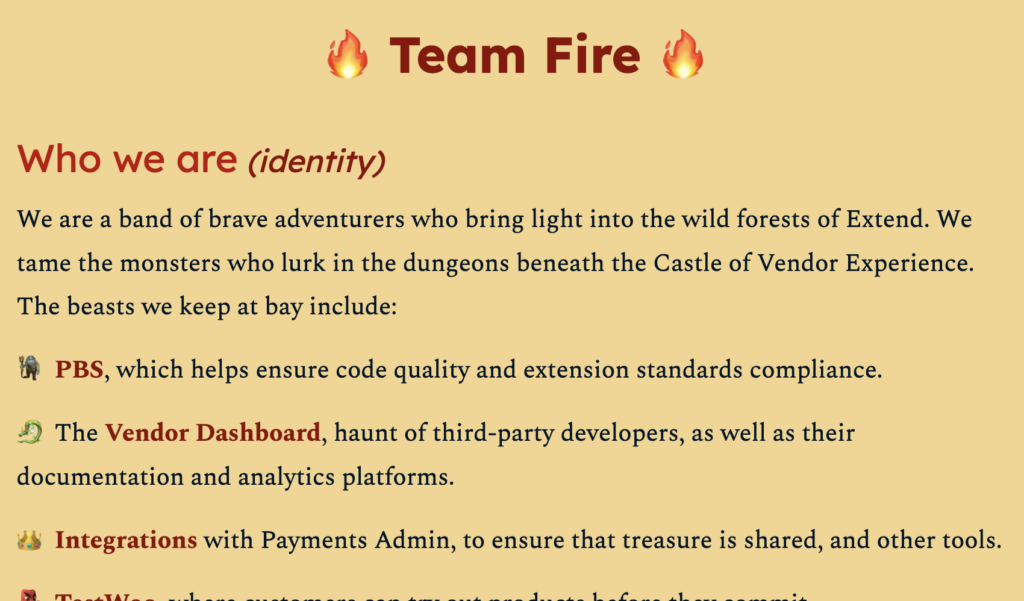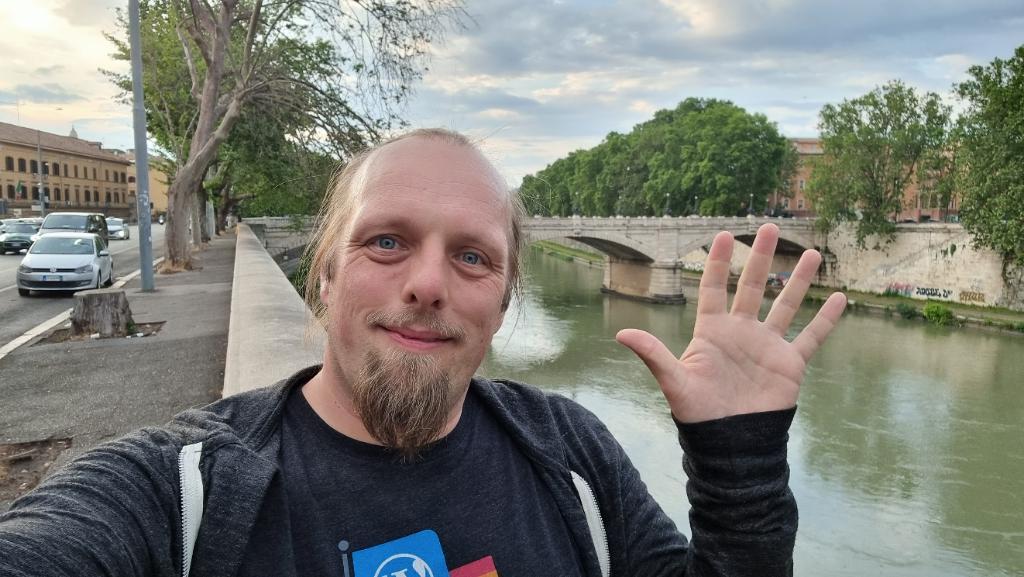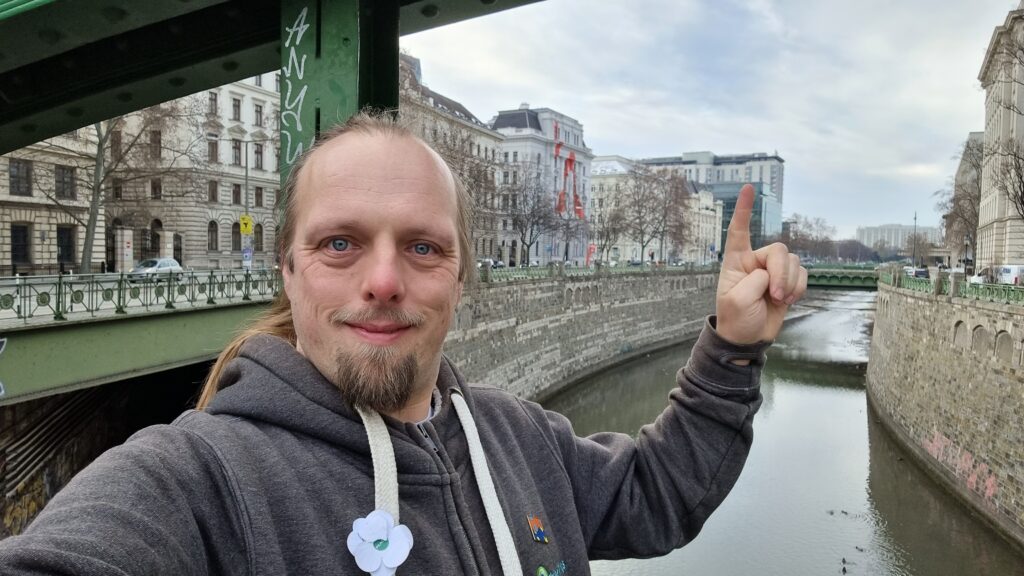I just spent a lightweight week in Rome with fellow members of Automattic‘s Team Fire.
Among our goals for the week was an attempt to strengthen the definition of who are team are, what we work on, and how and why we do so. That’s basically a team-level identity, mission, vision, and values, right?

Fellow Automattician Ben Dwyer recently wrote about his experience of using a deck of Dixit cards to help his team refine their values in a fun and engaging way. I own a Dixit set, so we decided to give it a go too.

Normally when you play Dixit, you select a card from your hand – each shows a unique piece of artwork – and try to describe it in a way that’s precise enough that some of the other players will later be able to pick it out of a line-up, but ambiguous enough that not all the other players will. It’s a delicate balancing act. Even when our old Geek Night was in full swing we didn’t used to play it often because our well-established group’s cornucopia of in-jokes and references made it trivially easy to “target” your descriptions at specific players1, but it’s still a solid icebreaker activity.

Perhaps it was the fantasy artwork that inspired us or maybe it just says something about how my team sees themselves, but what we came up with had a certain… swords-and-sorcery… even Dungeons & Dragons… feel to it.

Ou team’s new identity isn’t finalised, but I love the fact that we’ve been able to inject a bit of fun and whimsy into it. At our last draft, my team looks to be defined as comprising:
- Gareth, level 62 Pathfinder, leading the way through the wilds
- Bero, Level 5 Battlesmith, currently lost in the void
- Dan (me!), Level 5 Arcane Trickster, breaking locks and stealing treasure
- Cem, Level 4 Dragonslayer, smashing doors and bugs alike
- Lae, Level 7 Pirate, seabound rogue with eyes on the horizon
- Kyle, Level 5 Apprentice Bard, master of words and magic
- Simran, Level 6 Apprentice Code Witch, weaving spells from nature
I think that’s pretty awesome.









